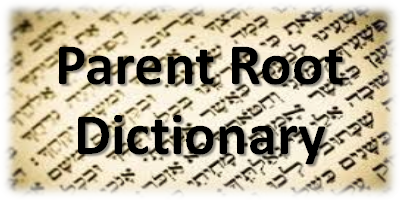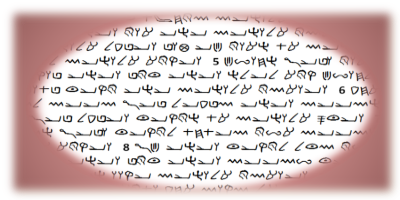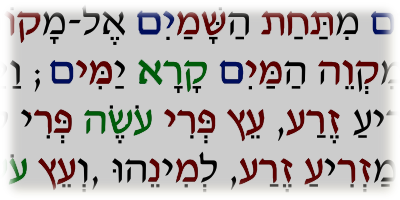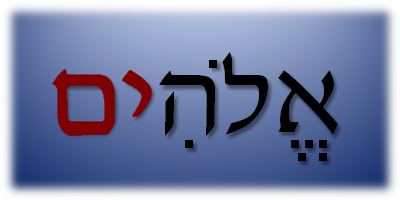
 (shabh) Turn / Seat
(shabh) Turn / Seat
Pictograph: The pictograph  is a picture of the two front teeth representing pressing, the
is a picture of the two front teeth representing pressing, the  is a picture of tent. Combined these mean "Press to the tent".
is a picture of tent. Combined these mean "Press to the tent".
Definition: A place of dwelling as the place returned to. A turning back or away from someone or something. A captive is one turned away from a place of dwelling.
Strong's #: n/a

 (shal) Draw out / Plunder
(shal) Draw out / Plunder
Pictograph: ?
Definition: To impair or change the quality or effect of.
Strong's #: 7944, 7945

 (shem) Breathe / Breath
(shem) Breathe / Breath
Pictograph: ?
Definition: The wind, or breath, of someone or something is its character. A person�s name or title is descriptive of his character.
Strong's #: 8034

 (sheen) Sharp / Tooth
(sheen) Sharp / Tooth
Pictograph: The pictograph  is a picture of the teeth, the
is a picture of the teeth, the  is a picture of a seed representing continuance. Combined these mean "teeth continue".
is a picture of a seed representing continuance. Combined these mean "teeth continue".
Definition: The two front teeth are sharp and used for cutting foods by pressing down.
Strong's #: 8127

 (shar) Tie / Cord
(shar) Tie / Cord
Pictograph: The pictograph  is a picture of the teeth representing pressure, the
is a picture of the teeth representing pressure, the  is a picture of the head representing the top or beginning. Combined these mean "press the beginning".
is a picture of the head representing the top or beginning. Combined these mean "press the beginning".
Definition: Ropes and cords were usually made of bark strips such as from the cedar or from the sinew (tendon) of an animal. The rope is made by twisting two fibers together. A single fiber is attached to a fixed point (top), and the two ends of the fiber are brought together. One fiber is twisted in a clockwise direction and wrapped over the other fiber in counter clockwise direction. The second fiber is then twisted in clockwise direction then wrapped around the first fiber in a counter clockwise direction. The process is repeated through the length of the rope. The twisting of the fibers in opposite directions causes the fibers to lock (press) onto each other making a stronger rope. The rope is used to tightly secure or support something, such as a load to a cart or the poles of the tent.
Strong's #: 8270

Like what you’re discovering? Continue the journey from Bible reader to translator.
|




























